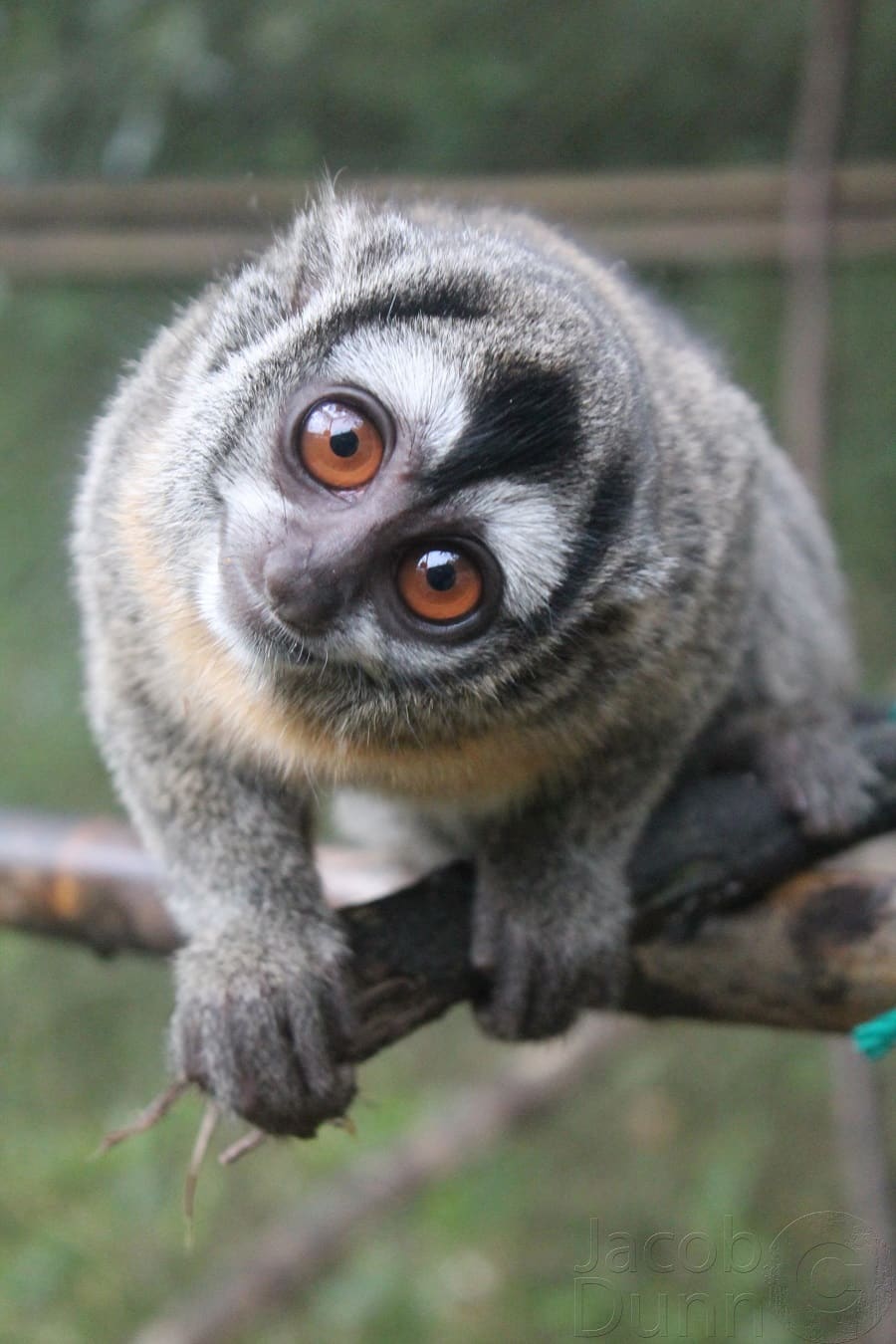Dr Jacob C. Dunn - Animal Communication Research
DR JACOB C. DUNN, UNIVERSITY OF CAMBRIDGE/ANGLIA RUSKIN UNIVERSITY, LECTURER IN ANIMAL COMMUNICATION
In March this year, I packed up a case full of sound equipment, on a mission to the Bolivian jungle to understand one thing - do monkeys produce their calls in the same way we do? As an evolutionary biologist interested in animal vocal communication, I have long been interested in this question. However, it is not a question that can be easily be answer in the lab. We need a detailed understanding of the vocal anatomy of different species, we need to record the sounds that they make with good quality microphones, and, critically, we need to play back different sounds to animals to see how they respond to them. This means heading to the jungle with a sound system! This is where Minirig came in. I needed some very loud, very portable speakers with a long battery life and, most importantly, a really wide frequency range. Some of the sounds I wanted to play were as deep as a tiger´s roar. Not that there are tigers in Bolivia! This was because most of my work is with another animal with an extraordinarily low call, but this animal doesn’t weigh 250kg like a tiger, it weighs just 8kg - the red howler monkey. I have known that Minirigs are awesome for quite some time - but when the subwoofer came out I knew that this was the equipment I needed. No more traipsing around the jungle with a heavy PA system, I could now fit everything I needed in a rucksack and a total weight of 1.5kg! In Bolivia, we stayed at the Senda Verde Animal Refuge (http://sendaverde.com), which I cannot recommend any more highly as a place to visit. They do incredible conservation work with all sorts of animals and were very keen to collaborate with our research project. Once we were there, the owners Vicky and Marcelo helped us get close enough to the animals so that we could record them calling and then playback sounds to them to see how they responded. All in all it was an excellent and productive adventure and thanks to Minirig we were able to discover some interesting things about monkey calls! For example, we now know that in male howler monkeys, the bigger they are, the deeper their call, suggesting that the frequency of the call is important for attracting females or scaring away other males. All of this is important for our understanding of human communication, e.g., to gain insight into why human males have deeper voices than females. Our research also tells us a little bit about the evolution of language in humans. We look forward to another trip to the Bolivian jungle next Easter. Thanks to Minirig for the excellent equipment!!
All photo credit: Dr Jacob C Dunn






